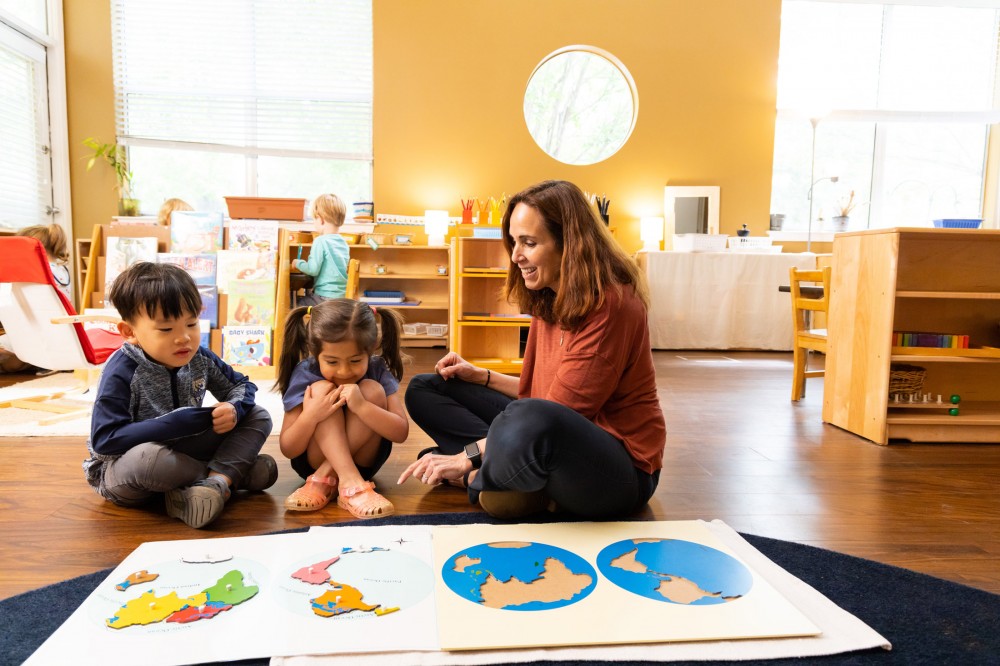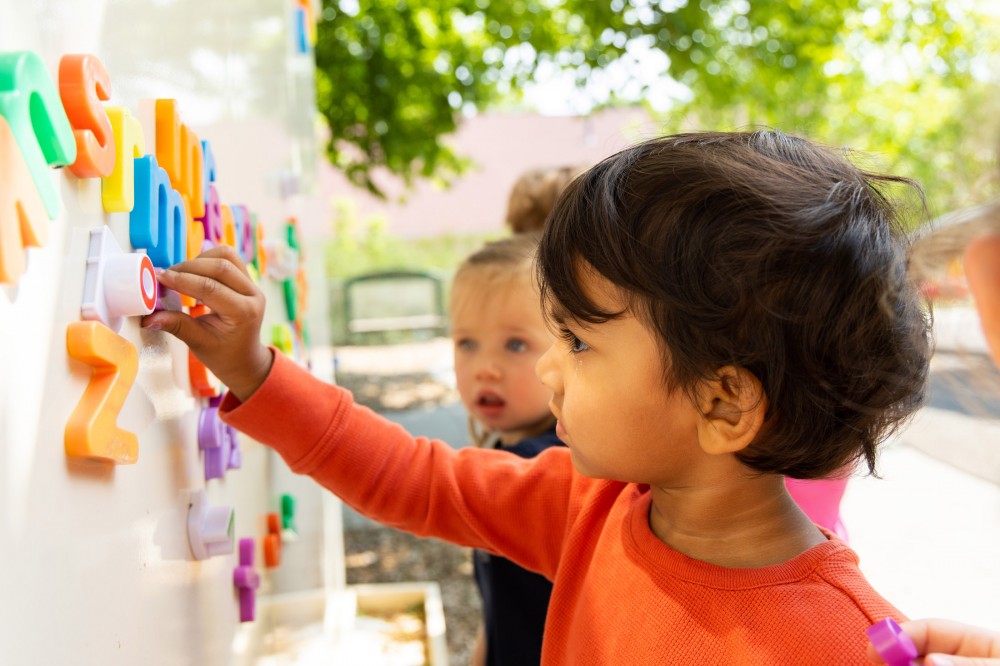Tips for Parenting Healthy Tech Use
February 23rd, 2023
 Raising a child in an age when our lives are saturated with technology is a more challenging task than any of us would have imagined when we first were initiated into parenthood. As parents, we have the difficult task of teaching our children the utility and wonder of technology while protecting them from overexposure, overuse, and the myriad consequences it can have for the mind and body.
Raising a child in an age when our lives are saturated with technology is a more challenging task than any of us would have imagined when we first were initiated into parenthood. As parents, we have the difficult task of teaching our children the utility and wonder of technology while protecting them from overexposure, overuse, and the myriad consequences it can have for the mind and body.
Use these tips to help establish healthy dialogue and boundaries with your children.
- Don’t assume that your child knows what is right and what is wrong when it comes to online behaviors. Be specific about what they should or shouldn’t do (e.g., ignore texts from people you don’t know, never give your address or name of your school, don’t accept offers for free things, etc.).
- Give information in small doses, and be repetitive. While students receive digital citizenship lessons in Technology class, kids do best when hearing things on multiple occasions from a variety of sources. Don’t be discouraged if you don’t get much of a verbal response.
- Delay, delay, delay! Hold off giving your child their own mobile device as long as possible. Allowing your child more time to develop cognitively and emotionally is a great protective strategy. The prefrontal cortex, the part of the brain responsible for decision-making and impulse control, doesn’t fully develop until the mid-20s. Children simply don’t have the capacity to make consistently safe decisions online.
- Make balance a family affair. Parental technology habits influence the behavior of children. Resist the urge to check every alert during critical periods of the day, and have firm tech-free times. If you really need to use a device when spending time with your child, consider vocalizing for them what you are doing and why (e.g., “I need to use my phone for a moment to let Dad know that we are running late for dinner”).
- Accept and acknowledge that your child may miss out on certain social interactions if you feel strongly inclined to limit and delay tech/social media use. Rest assured that it is possible to maintain friendships even without frequent digital connectivity.
- Don’t be afraid to talk about your views on pornography. Astonishingly, most children have been exposed to pornography by the age of 12. For 15% of kids, that age drops to 10.
Here are some example questions to start a conversation with your child.
- Do you ever see anything online that makes you feel unsafe or uncomfortable?
- Do you think you would come to me if you saw something upsetting? What would make that easier to do?
- What do you do when a friend shares online content that you are not comfortable with or that you think is harmful to someone?
- What would happen if you turned off your phone for an hour? A day?
- Do you ever feel differently about yourself based upon how many likes, comments, or views you get on a post?
Remember: Even good kids can make bad choices, and exposure to inappropriate content is often accidental. If your child comes to you about something they have encountered either intentionally or unintentionally, avoid placing blame on them or yourself. Instead, focus on problem-solving to prevent future incidents.
Additional Resources
Books:
- iGen
- Glow Kids
- The Big Disconnect
- The Art of Screentime
- The Boogeyman Exists: And He’s In Your Child’s Back Pocket
Websites:
More News from Charlotte Prep
 May16Keep Learning Alive this Summer
May16Keep Learning Alive this SummerAs the school year draws to a close, many parents begin contemplating how to keep their children engaged during the summer break. Here are some practical tips for families to keep the learning flame alive during the summer!
See Details May9Class of 2024 High School Destinations
May9Class of 2024 High School DestinationsWe are so proud of the Charlotte Preparatory School graduating class of 2024! These students have shown themselves time and time again as exceptional scholars, athletes, and artists. But more importantly, they model the values of our core pillars, and that is the lifelong mark of a Prep graduate that they will carry with them.
See Details May1Third Grade Wax Museum
May1Third Grade Wax MuseumAs one of Prep's signature experiences each year, our third graders create their very own wax museum! The students dress as a historical figure they have researched, stand "frozen," and recite a speech when visitors approach them.
See Details Apr11Charlotte Prep Presents Willy Wonka Jr.
Apr11Charlotte Prep Presents Willy Wonka Jr. Our annual 3rd-8th grade musical is a true display of the talent and hard work of our students and they are proud to present Willy Wonka Junior this year.
See Details















